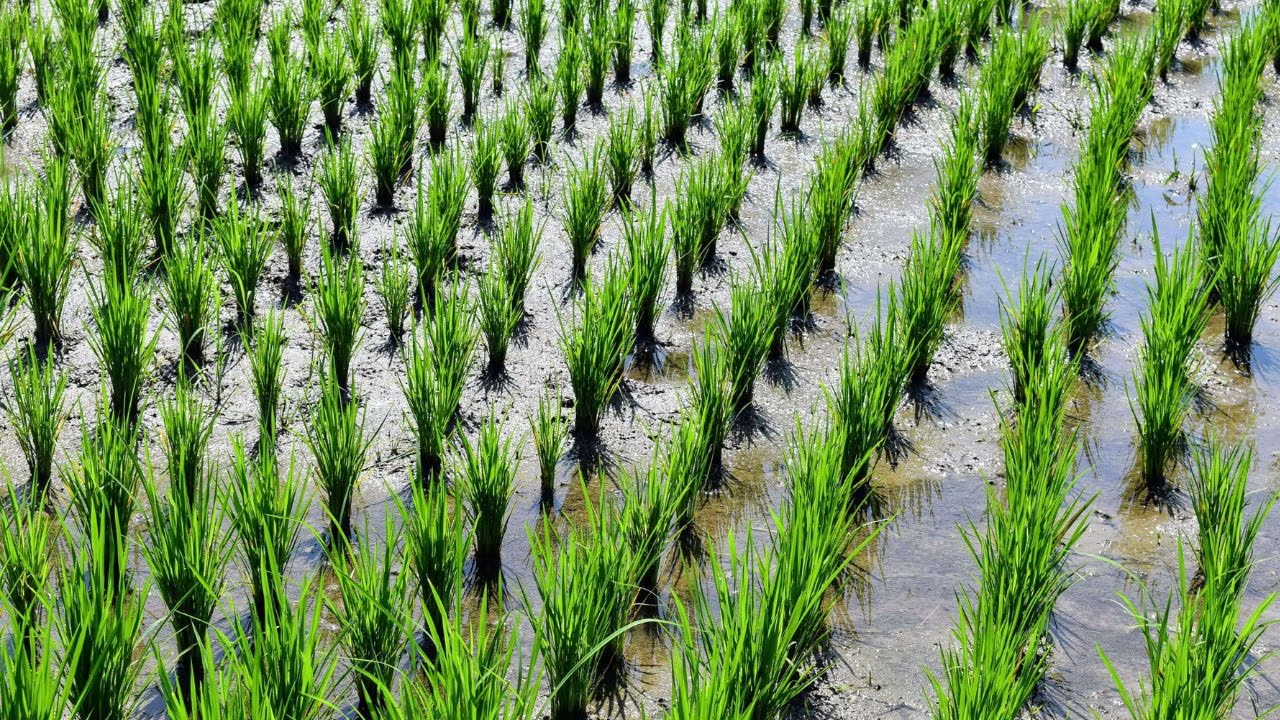Saturday, 22 November 2025

India’s Kharif sowing for 2025-26 has surpassed 1,121 lakh hectares, marking an increase of 37.39 lakh hectares over the previous year, according to the Department of Agriculture & Farmers’ Welfare. The growth has been driven primarily by coarse cereals and maize, signaling a potential boost for domestic food security and nutritional outcomes.
Coarse cereals and millets shine: The area under coarse cereals has expanded to 194.67 lakh hectares, up 11.13 lakh hectares from last year, with maize leading the surge at an increase of 10.65 lakh hectares — over 12 per cent higher than 2024-25. Other small millets also recorded growth, reaching 5.39 lakh hectares, up 0.97 lakh hectares from the previous year. While jowar, bajra, and ragi saw slight declines, the overall expansion in millets is expected to support government nutrition initiatives and strengthen the country’s coarse cereal supply chain.
Pulses see moderate growth: Total pulses area rose to 120.41 lakh hectares, an increase of 1.37 lakh hectares. Urad sowing led the gains, expanding by 1.50 lakh hectares, while moong and moth bean recorded small declines. The moderate growth in pulses reflects ongoing government programs, including the ‘Mission for Aatmanirbharta in Pulses’, aimed at improving domestic availability and reducing import dependence.
Rice continues upward trend: Kharif rice area has grown to 441.58 lakh hectares, up 5.90 lakh hectares from 2024-25, continuing a multi-year trend of steady cultivation supported by irrigation and MSP incentives.
Oilseeds face mixed fortunes: Overall oilseed sowing fell to 190.13 lakh hectares, down 10.62 lakh hectares from last year. While groundnut and sesamum recorded modest gains, soybean cultivation dropped sharply by 9.10 lakh hectares, and sunflower acreage remains minimal at 0.71 lakh hectares. This decline may constrain domestic edible oil output and increase reliance on imports amid global price volatility.
Other crops: Sugarcane sowing rose by 1.86 lakh hectares to 59.07 lakh hectares, while cotton slipped to 110.03 lakh hectares, down 2.94 lakh hectares. Jute and mesta also recorded a slight contraction of 0.18 lakh hectares.
Implications for production and food security: The expansion in coarse cereals and maize is a positive signal for nutritional security, particularly in states promoting millet-based diets. Increased maize production may also benefit the feed industry, biofuel initiatives, and export potential. Conversely, the decline in oilseeds, especially soybean, highlights the challenge of domestic edible oil self-reliance, keeping the sector sensitive to international markets.
Conclusion: With Kharif sowing crossing 1,121 lakh hectares, India is on track for a healthy crop season, driven by MSP support, targeted incentives, and state-level efforts to promote coarse cereals and pulses. At the same time, declining oilseed acreage and minor reductions in cotton and jute point to areas where policy intervention and input support could further optimize production and strengthen the rural economy.